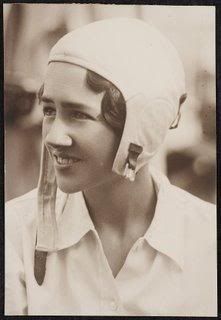A horse’s head is big, and the closer you get to it, the bigger it gets. Here is the Idaho
Kissing a Horse
Of the two spoiled, barn-sour geldings
we owned that year, it was Red—
skittish and prone to explode
even at fourteen years—who’d let me
hold to my face his own: the massive labyrinthine
caverns of the nostrils, the broad plain
up the head to the eyes. He’d let me stroke
his coarse chin whiskers and take
his soft meaty underlip
in my hands, press my man’s carnivorous
kiss to his grass-nipping upper half of one, just
so that I could smell
the long way his breath had come from the rain
and the sun, the lungs and the heart,
from a world that meant no harm.
Reprinted from “Earthly Meditations: New and Selected Poems,” published in 2006 by Penguin. Copyright © Robert Wrigley, 2006, and reprinted by permission of the author. This weekly column is supported by The Poetry Foundation, The Library of Congress, and the Department of English at the University of Nebraska-Lincoln.


























